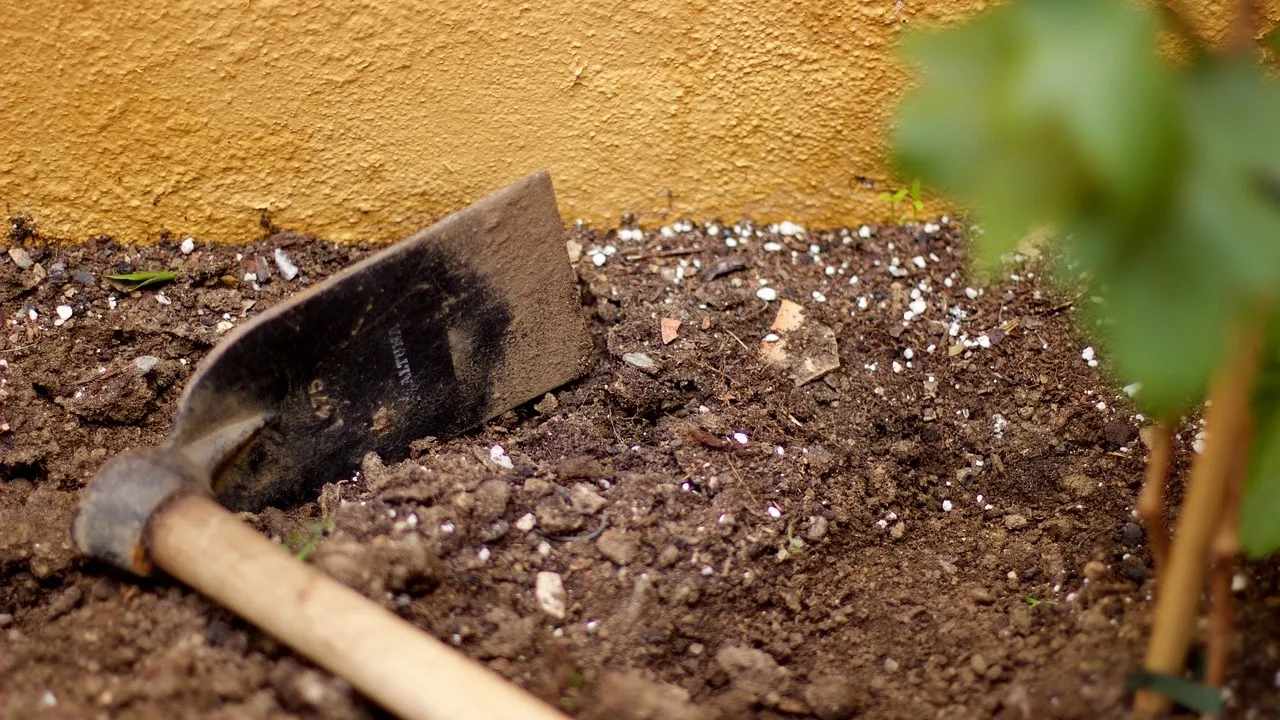Compost Tea on Clay Soils
Wednesday October 18, 2017



Humic acid is a component of many different soils and is readily found in natural soil environments. I am also pretty sure this is forming in my composter, since the thing is literally leaking compost tea. Or maybe that’s because I put in too many coffee grounds and it is leaking weak coffee… That’s not important. What is important is that humic acid positively affects the ability of plants to uptake critical nutrients from the soil. Because of this, it is readily available for purchase.
Soil comes in a lot of different varieties, but they are mixes of three essential textures: sand, silt, and clay. Most “good” soil for agriculture is some combination of the three, but here in Maryland, we tend to have soil that is richer in clay and that can make growing things difficult. We solve that problem by adding organic matter, like the compost mentioned above. Of course, we want them to work together, and the humic acid will start to seep into the clay. And the clay in Maryland is rich in kaolinite.
The chemical formula for kaolinite is Al2Si2O5(OH)4, and that last part makes this interesting. OH is a hydroxyl functional group and each molecule of kaolinite has four of them, and kaolinite forms crystalline structures bonding to each other at these hydroxyl groups. But like a tessellation, the outside edge is not connected and those hydroxyl groups are looking for some action. That outside edge may experience protonation or deprotonation depending on the solution pH. When the pH increases, the kaolinite will have deprotonated leaving more [OH-] on the outside boundaries of the crystals. As the acidity increases, there the crystal edges become more reactive.
When the kaolinite clays are more reactive, the acids, include the humic acid mentioned above, will interact with the kaolinite, sticking around to be picked up by the plants in the soils. If they do not stick around, the humic acid will simply pass through without being picked up. Accordingly, a higher pH in the soil will facilitate the uptake of humic acid by plants and in turn, increase the ability of those plants to uptake other essential nutrients from the soil.
At least, I think that is how this works.